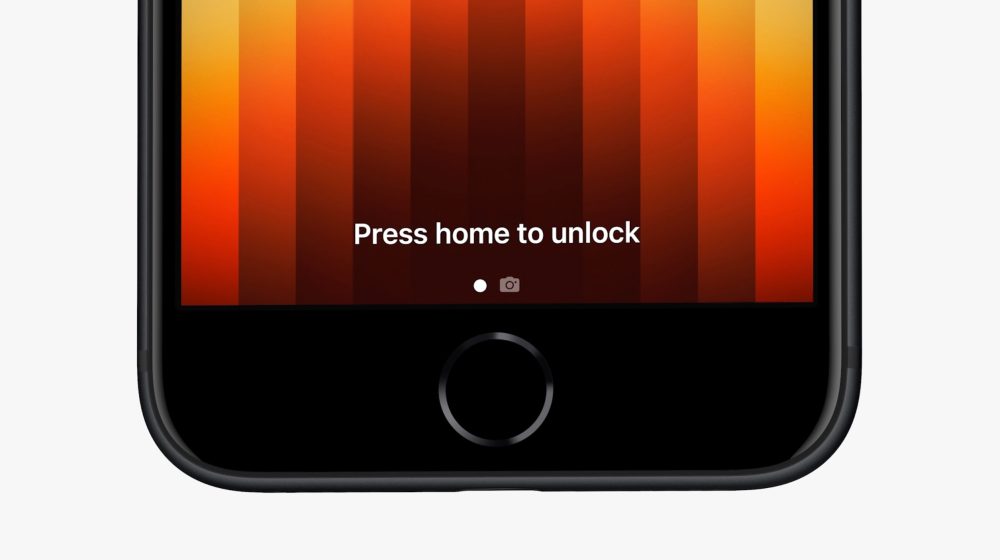
Apple just announced the iPhone SE 3 during its “Peek Performance” event. With a new A15 Bionic chip, new colors, and the familiar design from the iPhone 8, here’s what Apple didn’t tell you during the keynote.
No Ceramic Shield nor MagSafe capabilities: Last-minute rumors made people believe that we could see Ceramic Shield and even MagSafe capabilities on the new iPhone SE 3, but that’s not the case. Apple says this iPhone has a “durable design” and “toughest glass in a smartphone,” however it doesn’t advertise as Ceramic Shield. If you compare it with the iPhone 13 Pro’s specs page, you’ll see that the iPhone SE 3 lacks this feature.
Splash, water, and dust resistance: The iPhone SE 3 is rated IP67, which means it can survive under one meter of water for up to 30 minutes. The previous generation already offered that, which means this smartphone didn’t get the same rating as the iPhone 13 line with IP68.
Photographic Styles, Smart HDR 4, but no Cinematic mode, nor Night mode: the iPhone SE 3 features two camera functions of the iPhone 13 line: photographic styles and Smart HDR 4. That said, Apple didn’t bring another feature that needs the power of the A15 Bionic, the Cinematic mode, so users can’t blur the background of a video as they can on the iPhone 13. In addition, Night mode, which is supported since the iPhone 11 is nowhere to be seen on this product.

Same front-facing camera: Another downside of the iPhone SE 3 is that it features the same 7MP front-facing camera with a ƒ/2.2 aperture. It was believed that this iPhone could use a 12MP sensor, as the iPhone 12 and iPhone 13 already offer it, but indeed users are stuck with the 7MP sensor, though users will experience a slightly improved experience as it has Smart HDR 4.
No 5G mmWave: The iPhone SE 3 won’t be able to take advantage of the “true 5G” as it doesn’t support 5G mmWave bands. As a matter of fact, it features the sub-6 GHz band, and the A2595 model offers 5G NR. Unfortunately, neither of them can offer gigabit downloads.
No U1 chip: Not only does the iPhone SE lacks 5G mmWave, but it also doesn’t have the U1 chip, first introduced with the iPhone 11.
Better battery life: This new iPhone offers a better battery compared to its predecessor, but not that much. It has up to 15 hours of video playback (it was 13 hours in the previous version), up to 10 hours of video playback streamed (against 8 hours), and up to 50 hours of audio playback (against 40 hours in the previous model).

More expensive: Last but not least, the iPhone SE 3 is more expensive than its predecessor. It starts at $429 while the previous model started at $399. Both start with a 64GB storage configuration.
Did you notice any other features of the iPhone SE 3 we didn’t talk about? Share your thoughts in the comment section below.
Keep up with everything Apple announces at its March 2022 event in our news hub and live blog right here.
FTC: We use income earning auto affiliate links. More.


Comments